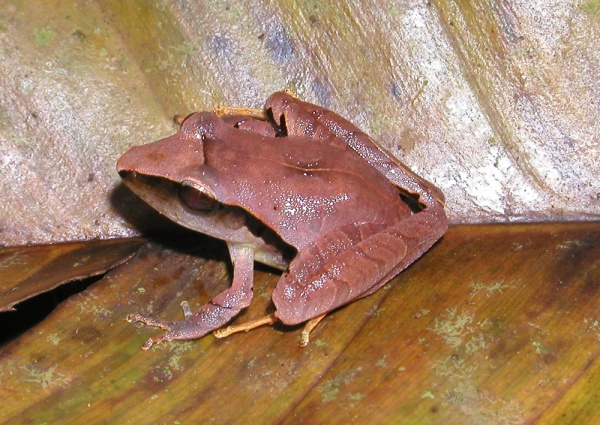Facts About Eleutherodactylus
The genus *Eleutherodactylus* encompasses approximately 200 species of frogs, often referred to as "rain frogs" or "robber frogs" due to their distinctive calls. One of the most renowned species is the common coquí (*E. coqui*), which is both a national symbol of Puerto Rico and an invasive species in Hawaii. Some members of this genus are among the smallest frogs in the world.
The name "Eleutherodactylus" is derived from Greek words meaning 'free-toed,' which aptly describes their unique toe structure. These frogs are distributed throughout the Neotropics, including the southern United States, Mexico, Central America, and the Caribbean. They can be found living on the ground, in trees, or in water, typically inhabiting forests or areas near water bodies. Their diet primarily consists of arthropods.
One fascinating aspect of *Eleutherodactylus* frogs is their reproductive method. They exhibit direct development, meaning their eggs hatch directly into small frogs, completely bypassing the tadpole stage. Many species also display parental care, such as guarding eggs and tending to their young.
Researchers have studied these frogs through both morphological traits and genetic analysis, with geographic distribution playing a crucial role in their classification. The distribution and evolution of *Eleutherodactylus* frogs have been influenced by geological events such as the formation of land bridges and the rise of the Isthmus of Panama. The genus is further divided into subgenera based on evolutionary relationships. Each species possesses unique characteristics and occupies different regions.
